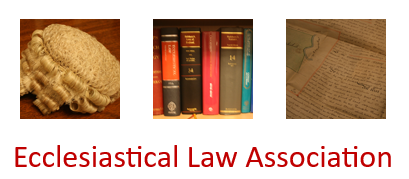The petitioner wished to have the ashes of his father, who died in 2002, exhumed from a plot of land adjacent to the churchyard. There was a question as to whether the plot of land, known as the "church garden", adjoining the churchyard, was consecrated and therefore within the faculty jurisdiction. The petitioner's mother died in 2020. It had been her wish that her ashes should be buried with her husband's ashes. Permission to do so had been refused by the incumbent, as he believed the church garden was not consecrated. The Deputy Chancellor determined that (a) the effect of Section 5 of the Consecration of Churchyards Act 1867, under which the land had been gifted, was to add the church garden land to the churchyard, and it therefore came within the court's jurisdiction; (b) the church garden had not been consecrated; and (c) that, in the circumstances, a faculty should be granted for the removal of the ashes (if practicable) or, alternatively, for the ashes of the Petitioner's mother to be interred with her husband's ashes.

